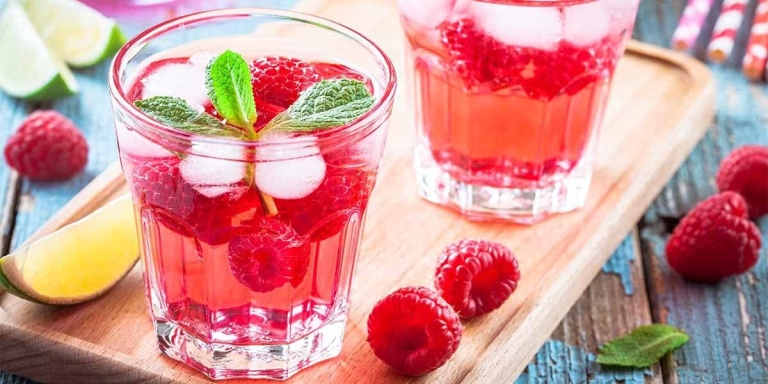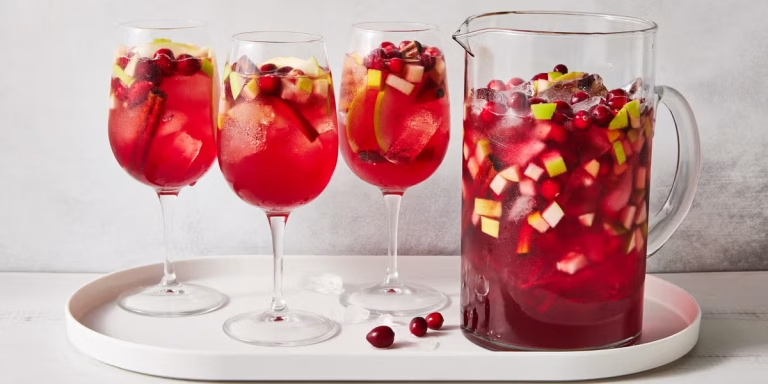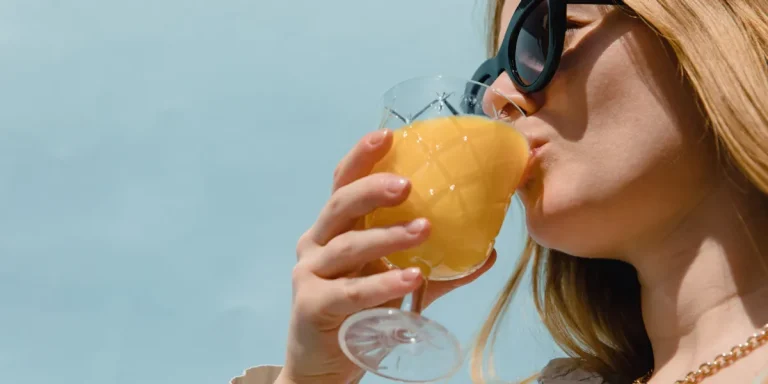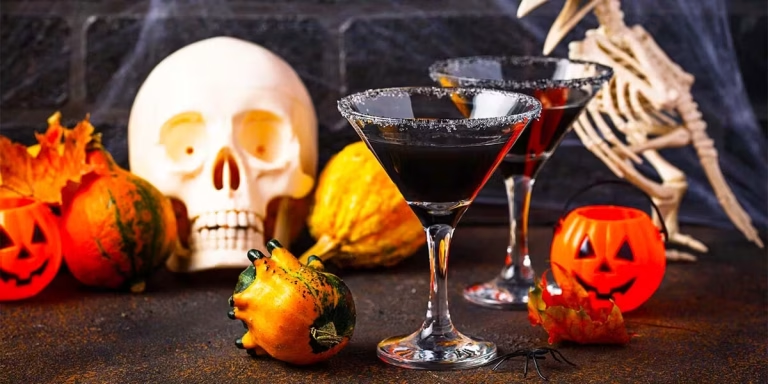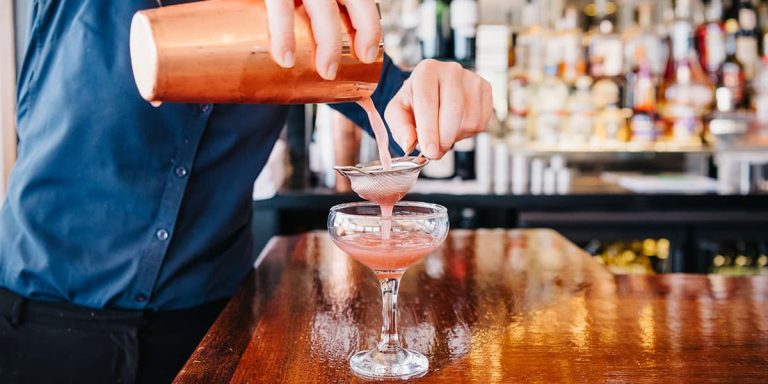Fall Sangrias That Taste Like Sweater Weather
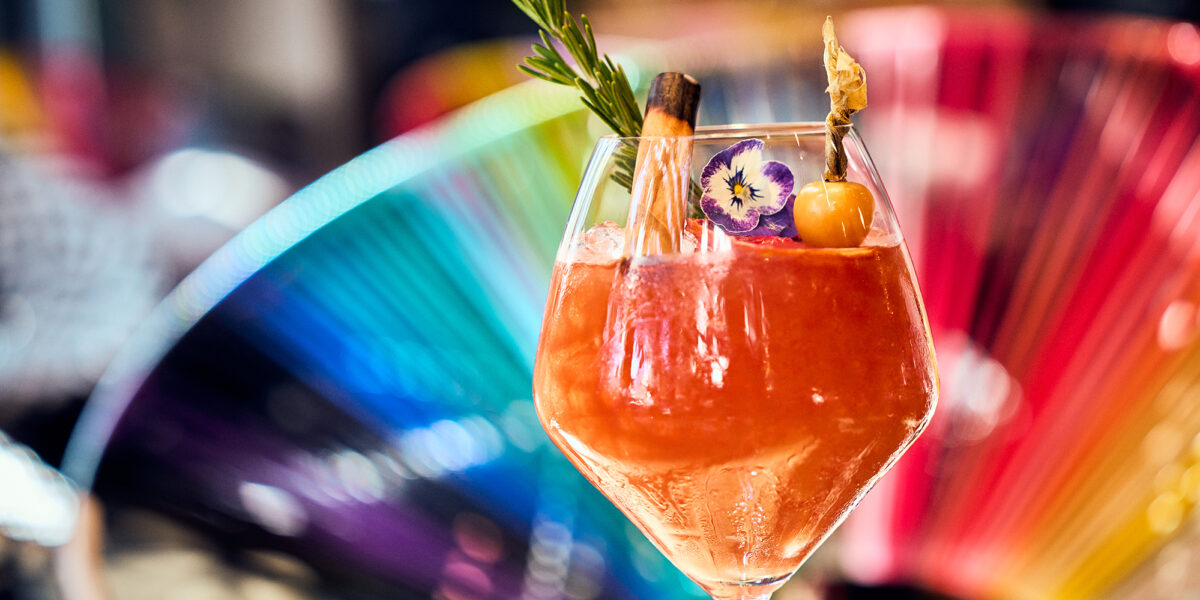
As the days grow shorter and the air turns crisp, my mind immediately drifts to the warm, comforting flavors of fall. Sweater weather calls for cocktails that evoke the season’s richness, warmth, and coziness, and fall sangrias are at the top of my list. They combine fruit, spices, wine, and spirits to create drinks that feel indulgent, festive, and perfect for sharing. Fall Sangrias That Taste Like Sweater Weather are about capturing autumn in a glass each sip brings the taste of falling leaves, cozy evenings, and intimate gatherings.
Sangrias are versatile, which makes them ideal for autumn. Unlike other cocktails, they can be prepared in large batches, making them perfect for dinner parties, casual get-togethers, or simply enjoying a quiet evening by the fire. I love experimenting with the fruits, wines, and spices that feel right for the season, adjusting sweetness, acidity, and warmth to reflect the unique flavors of fall.
The Foundation: Wine Selection
The base of any sangria is the wine, and for fall, I gravitate toward full-bodied reds with warm, earthy undertones. Cabernet Sauvignon, Merlot, or a rich Zinfandel provide depth and structure, pairing beautifully with autumn fruits like apples, pears, and cranberries. A bold red not only supports the other flavors but also brings a comforting warmth that suits cooler weather.
I occasionally use rosé or sparkling wine for a lighter, more playful sangria, but for sweater weather, the deep, ruby tones of a red wine sangria feel most appropriate. I look for wines with fruity undertones, subtle tannins, and a smooth finish, allowing the other ingredients spices, fruit, and liqueurs to shine without clashing.
Seasonal Fruits for Flavor and Color
Fruit is central to any sangria, adding sweetness, acidity, and visual appeal. Apples are a quintessential fall choice, providing crispness and a slightly tart flavor that pairs perfectly with red wine. Pears add a soft, delicate sweetness, while pomegranate seeds offer a burst of color and tanginess. I often include oranges for citrus brightness and cranberries for a tart pop that balances the wine’s richness.
For added depth, I like roasting some fruits beforehand, especially apples and pears. Roasting concentrates the flavors, adds caramel notes, and brings out the natural sweetness. Floating these roasted fruits in the sangria creates a beautiful visual effect, while the enhanced flavors make each sip feel indulgent and warming.
Spices That Warm the Soul
Spices are what truly make a sangria feel like sweater weather in a glass. Cinnamon sticks, star anise, cloves, and allspice add layers of warmth and complexity. I like to gently bruise cinnamon sticks or lightly crush cloves to release their aroma, ensuring the spice infuses the wine without overwhelming it.
Nutmeg and ginger are subtle yet effective additions. Freshly grated nutmeg adds a soft warmth, while ginger introduces a hint of brightness and spice. I sometimes simmer the spices with a small amount of wine and sugar to create a spiced syrup, which I then mix into the sangria. This technique ensures that the flavors are balanced and fully integrated, making each sip comforting and satisfying.
Spirits and Liqueurs for Depth
Adding spirits or liqueurs takes fall sangrias to the next level. Brandy is a classic choice, providing warmth and depth that complements red wine beautifully. Orange liqueurs like Cointreau or Grand Marnier add subtle sweetness and citrus complexity, enhancing the fruit flavors. I also enjoy using spiced rum or bourbon for a richer, more robust sangria.
Balancing these additions is key. Too much brandy or bourbon can overpower the fruit and wine, while too little fails to enhance the depth. I experiment with small amounts, tasting and adjusting gradually until the flavors harmonize. The goal is a sangria that is layered, aromatic, and inviting each sip offering warmth, spice, and seasonal flavor.
Sweetness and Balance
Sangrias should be balanced between wine, fruit, spices, and sweetness. I often use a touch of maple syrup, honey, or brown sugar to enhance the autumnal flavors. Maple syrup pairs beautifully with roasted apples and pears, adding depth and a cozy sweetness. Brown sugar adds richness and complements spiced elements like cinnamon and nutmeg.
Citrus juice also contributes to balance. Fresh orange or lemon juice brightens the sangria, cutting through the richness of wine, spirits, and syrup. The interplay of tartness, sweetness, and spice creates a multi-dimensional cocktail that feels like fall in every sip.
Chilling and Serving
Proper chilling is essential for sangria. I usually prepare my fall sangrias a few hours before serving, allowing the wine, fruit, and spices to meld. Overnight refrigeration deepens the flavors, making the sangria taste more integrated and smooth. For parties, I serve it in a large pitcher or punch bowl, making it easy for guests to pour themselves while showcasing the colorful fruits and spices.
When serving, I add ice just before pouring to prevent dilution while keeping the drink refreshingly cool. Garnishing each glass with a slice of apple, a cinnamon stick, or a few pomegranate seeds adds visual appeal and enhances aroma, making each serving feel special.
Variations for Creativity
Fall sangrias are incredibly versatile. I often experiment with different fruit combinations, spice blends, and spirits. A Spiced Apple and Cranberry Sangria highlights tart cranberries, sweet apples, and warming cinnamon and cloves. A Pear and Pomegranate Sangria combines delicate pears with jewel-toned pomegranate seeds and star anise for elegance.
For a lighter variation, I sometimes create a White Wine Fall Sangria using a Chardonnay or Riesling as a base. I pair it with sliced peaches, apples, and a hint of ginger syrup. This version is refreshing while still evoking autumn flavors and feels perfect for daytime gatherings or brunches.
Presentation and Garnishes
The visual appeal of sangria enhances the drinking experience. I love layering fruits in the pitcher to create a colorful, inviting display. Adding whole spices like cinnamon sticks, star anise, or even a few cloves creates a rustic, autumnal look. Floating citrus slices, pomegranate seeds, or apple wedges adds brightness and texture, making the sangria a centerpiece as much as a cocktail.
Glassware also plays a role. I often use stemless wine glasses or large tumblers for casual gatherings, while fluted glasses or mugs with handles add elegance and warmth for more formal settings. Garnishes like a sprig of rosemary, a twist of orange peel, or a cinnamon stick stirrer complete the presentation, making each serving feel thoughtful and festive.
Personal Touches and Seasonal Twists
I like to put my own spin on traditional fall sangrias. Sometimes I add a splash of cranberry juice for extra tartness or a drizzle of spiced honey for sweetness and depth. Using locally sourced, in-season fruits enhances flavor and supports seasonal eating. I occasionally roast or caramelize fruits to bring out their natural sweetness and add subtle smoky notes.
Experimenting with herbs is another fun twist. Fresh thyme, sage, or rosemary complements fall fruits and spices, adding aroma and complexity. I often muddle a few herbs before adding them to the sangria or tie sprigs together for garnish. These personal touches make each batch unique and ensure guests feel they are enjoying something special.
Pairing Fall Sangrias with Food
Sangrias are versatile and pair wonderfully with seasonal foods. I often serve them alongside roasted meats, savory pies, or charcuterie boards with cheeses, nuts, and dried fruits. The sweetness and spice of the sangria balance savory and rich flavors, creating a harmonious dining experience.
For lighter fare, I pair fall sangrias with autumnal salads, roasted vegetables, or spiced desserts like pumpkin or apple tarts. The sangria’s fruit and spice complement these flavors, enhancing the meal and creating a cohesive seasonal theme.
Hosting with Fall Sangrias
Fall sangrias are perfect for entertaining. Their ability to be made ahead of time allows hosts to focus on guests rather than constantly mixing drinks. I like to set up a sangria station with different garnishes and optional spirits for guests to customize their glasses. This interactive element is fun, social, and ensures everyone gets a drink tailored to their taste.
Sangrias also lend themselves to themed gatherings. I often host “Sweater Weather” nights with warm lighting, cozy blankets, and fall-inspired snacks. The sangria becomes part of the experience, adding aroma, color, and flavor that completes the seasonal atmosphere.
Conclusion
Fall Sangrias That Taste Like Sweater Weather are about more than just a drink they are an experience. From choosing the right wine and seasonal fruits to balancing spices, spirits, and sweetness, each sangria captures the essence of autumn. Roasted apples, pomegranate seeds, cinnamon sticks, and star anise create warmth and visual appeal, while carefully balanced alcohol and syrups ensure every sip is comforting and flavorful.
Whether served at a dinner party, brunch, or quiet evening by the fire, fall sangrias are versatile, festive, and indulgent. They pair beautifully with seasonal foods, can be made ahead of time, and offer endless opportunities for creativity with fruits, spices, and spirits. Each glass evokes the crisp air, cozy sweaters, and golden leaves of autumn, making every sip a reminder of why fall is one of my favorite seasons to celebrate.
Creating your own fall sangria allows for personal touches, seasonal experimentation, and unforgettable flavors. Whether you prefer bold reds, lighter whites, or sparkling variations, the key is layering fruits, spices, and spirits thoughtfully. The result is a cocktail that warms, delights, and embodies the spirit of sweater weather perfectly.
With these tips, ideas, and inspirations, anyone can craft fall sangrias that not only taste like autumn but feel like it too cozy, comforting, and irresistibly inviting.

